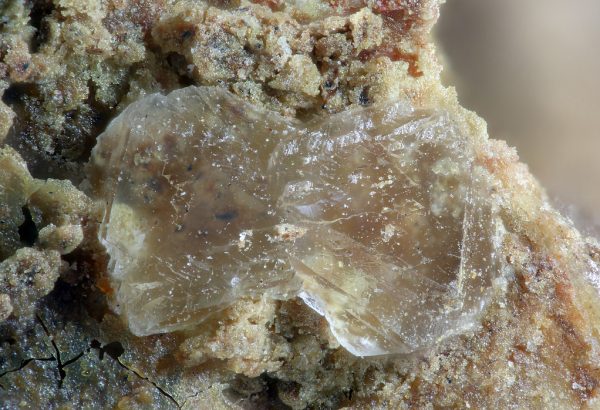
High-purity quartz is an indispensable and key basic material for emerging industries. It is a strategic resource that is scarce in the world and in short supply in my country. Granite pegmatite is an ideal raw material for processing high-purity quartz mid-range and high-end products.
There are two main criteria for selecting high-purity quartz raw materials: one is to select quartz with the least impurities in the crystal structure, and the other is to select quartz with few gas-liquid inclusions. The impurity content and fluid inclusion content in quartz are the most important factors restricting the purification of high-purity quartz. At present, the quality classification of high-purity quartz products is mainly based on impurity content. For example, the British Industrial Minerals Manual defines the total impurity content of high-purity quartz as less than 50×10-6; the Norwegian Geological Survey proposes that the total impurity content of high-purity quartz should be less than 50×10-6. 6. The Al content is less than 30×10-6 and the Ti content is less than 10×10-6.
The content of impurity elements in quartz minerals is related to the content of elements in the magma system. Quartz related to rare metal mineralization often has higher contents of metal elements Al and Li. The high content of Al and Li impurity elements in quartz restricts the purity of quartz after final processing. Therefore, pegmatite veins that do not contain rare metal mineralization should be selected for geological prospecting.
Fluid inclusion is a key factor affecting the purification of high-purity quartz. Impurity elements such as K and Na in the inclusions affect the purity of high-purity quartz; the water and gas in the inclusions indirectly lead to the generation of bubbles and gas line defects during the preparation of quartz tubes, quartz crucibles and other products, which affects the apparent quality of the products. causing serious impact.
At present, the main method for removing fluid inclusions in quartz minerals is the high-temperature explosion method. This method is better suitable for larger individual fluid inclusions, but the removal effect for small fluid inclusions is not ideal; the fluid inside quartz in pegmatite Inclusions are generally small in size, mostly below 10 μm, and are generally difficult to remove. When prospecting, focus should be placed on pegmatite veins with low fluid inclusion content.
